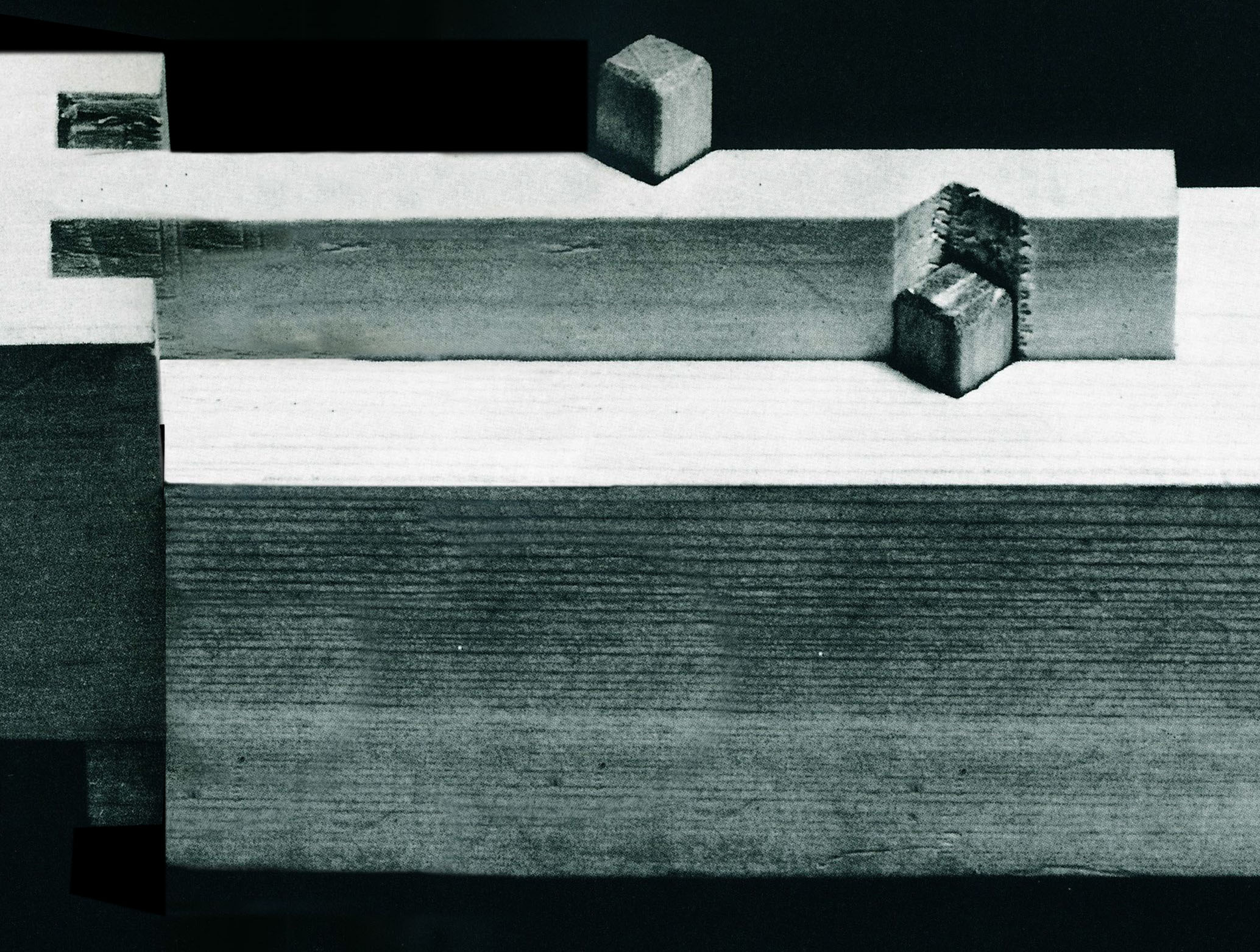My inspiration is drawn from many sources. Marine organisms, arthropods, flying things, automobile streamlining... a complete list would go on and on. Very few forms come to me immediately. Rather, it's a long process of drawing until the right form finally appears. When that moment arrives, there is a certain biological right-ness to how it appears to my eye, as if I am channeling into existence a living thing from a distant exoplanet teeming with its own ocean ecosystems. A thing I cannot see directly but through iterating over and over I can approach. The result is an evolutionary process that strongly resembles biological changes in time. I don't think it's an accident; it's a strong analogy between an organism adapting morphology to environment and a design taking shape to match what I see as its correct form, somewhere out there on a distant world.
—Eric

